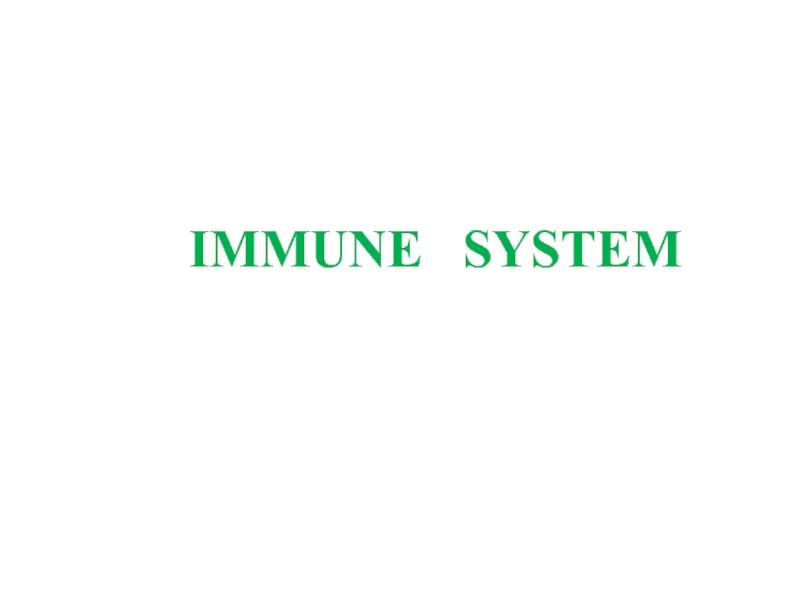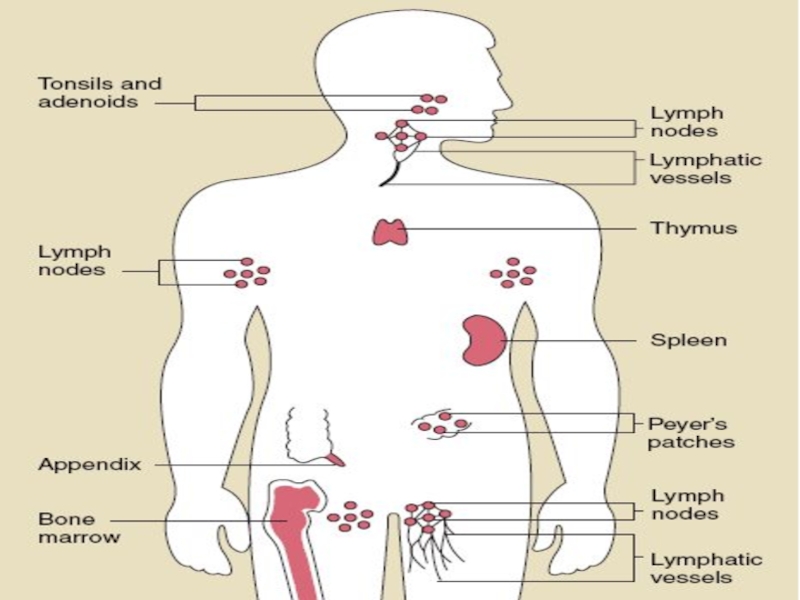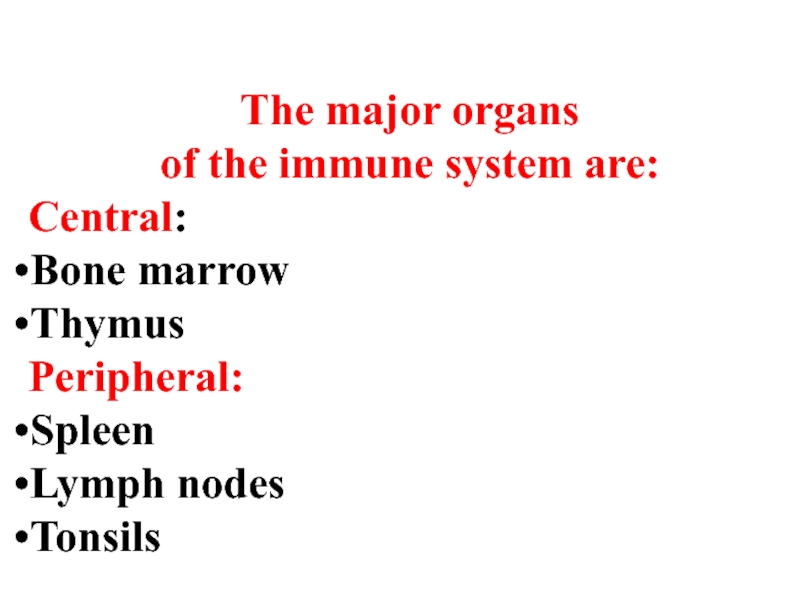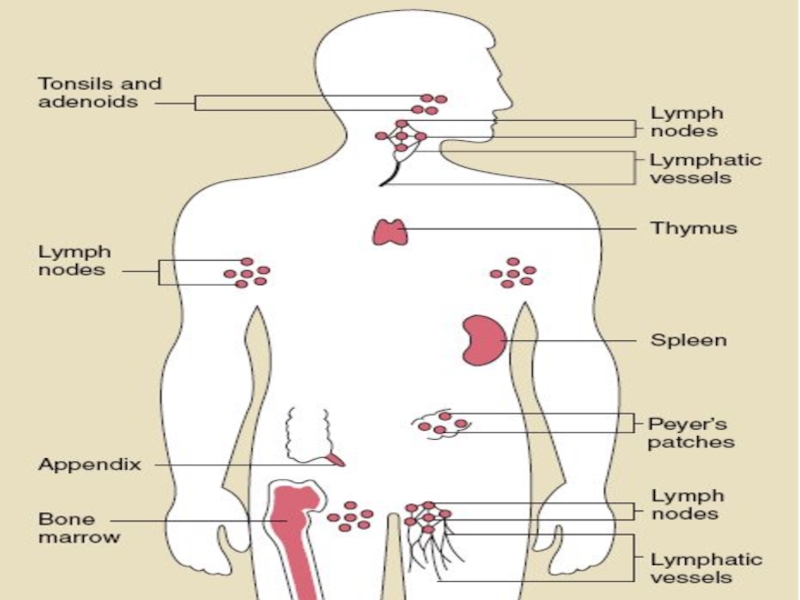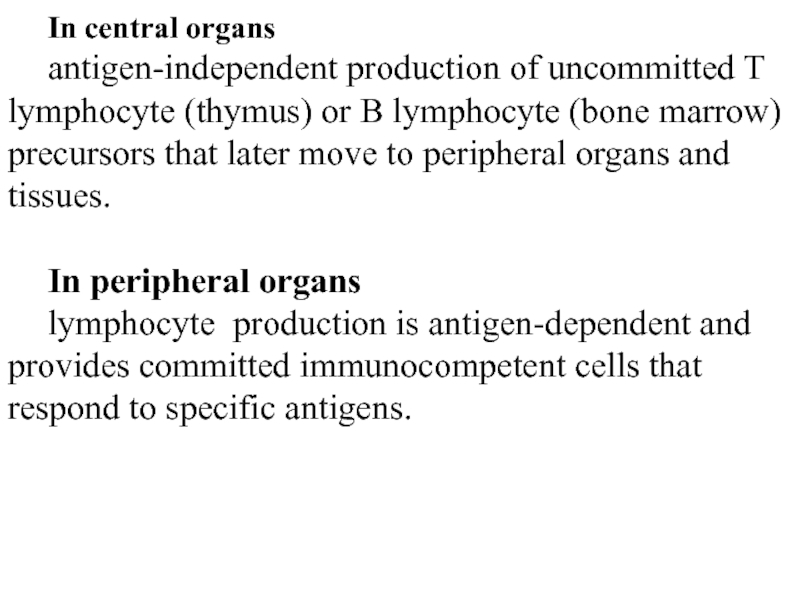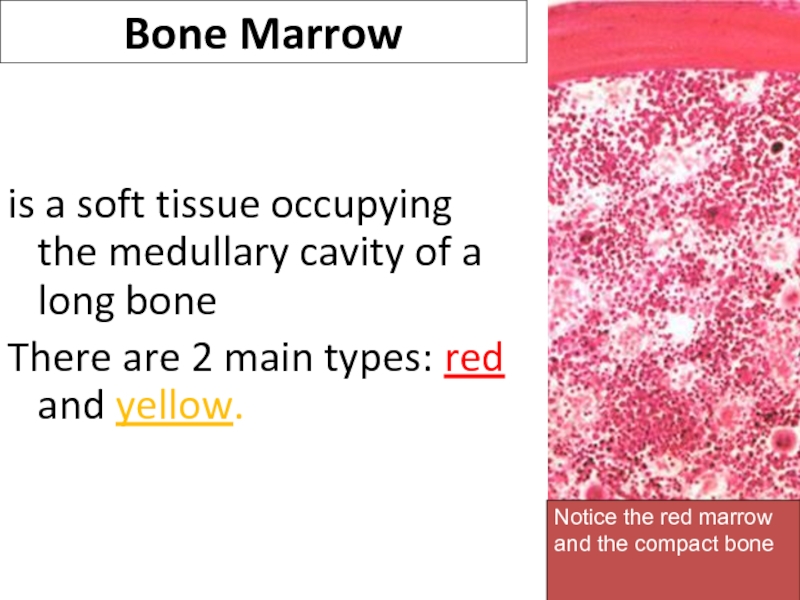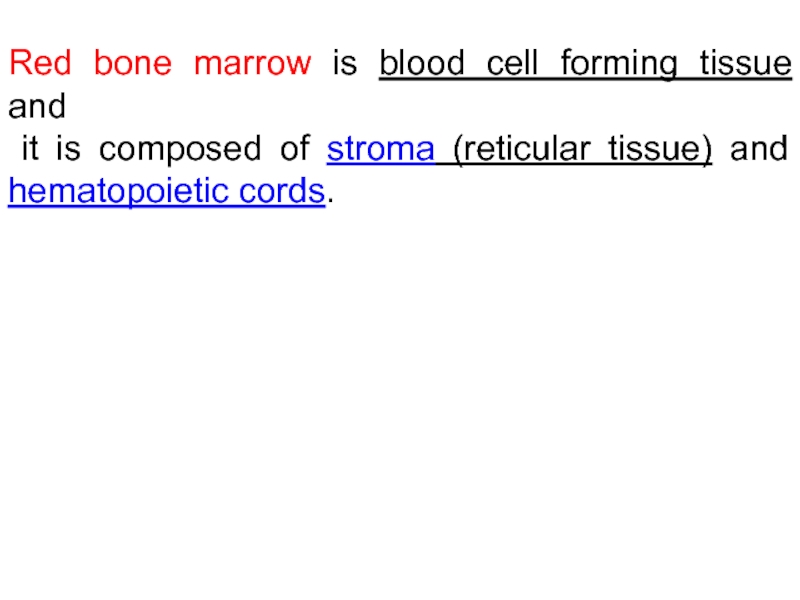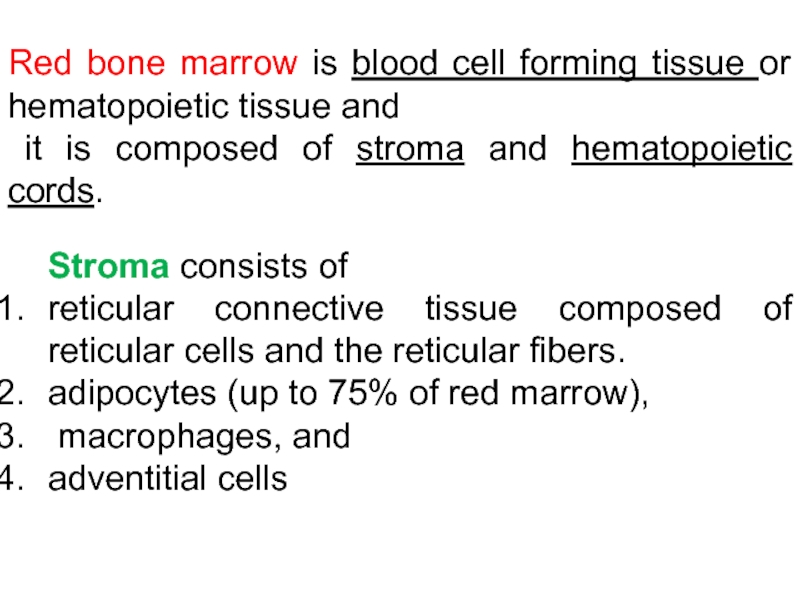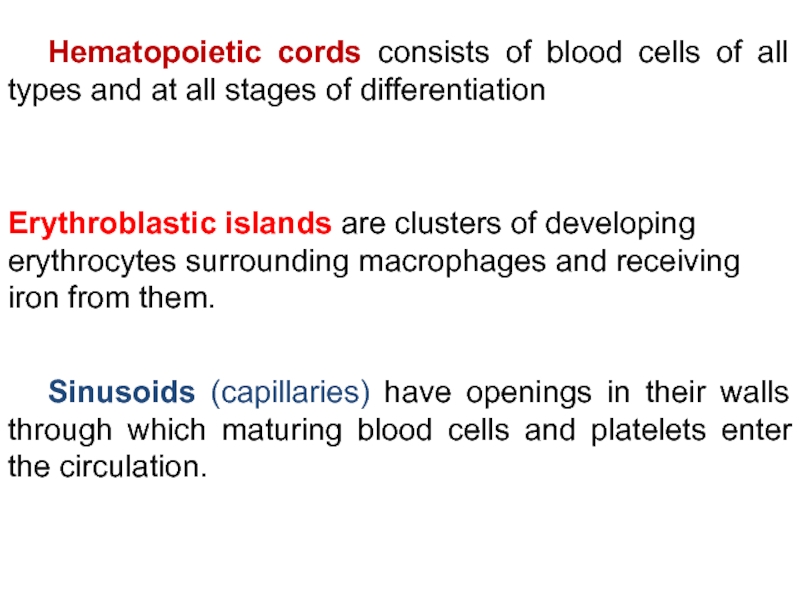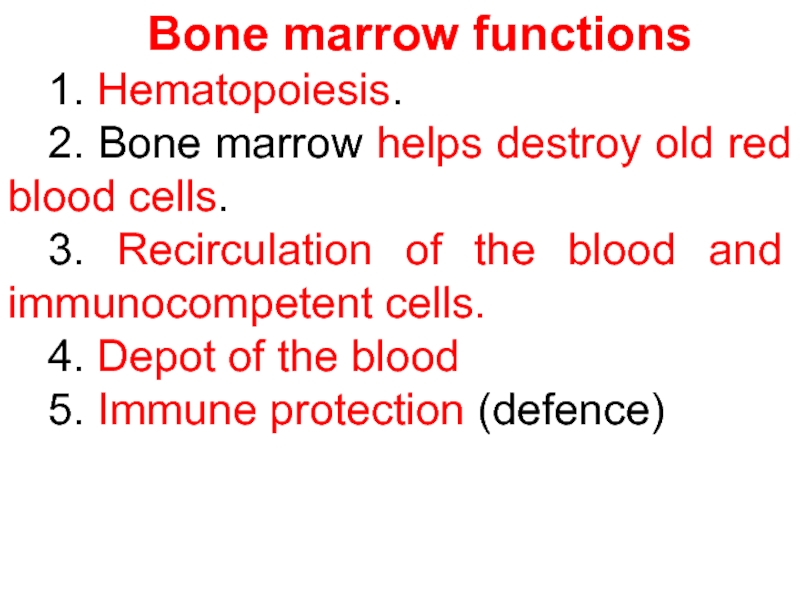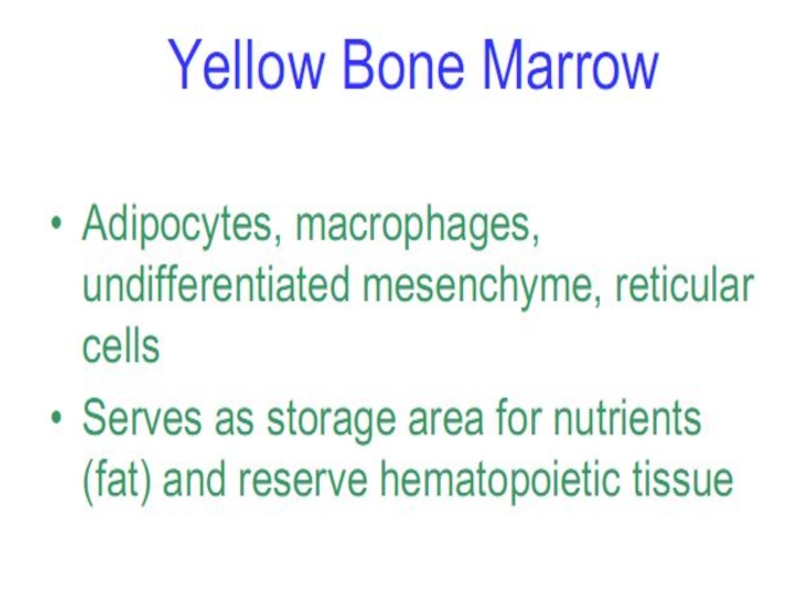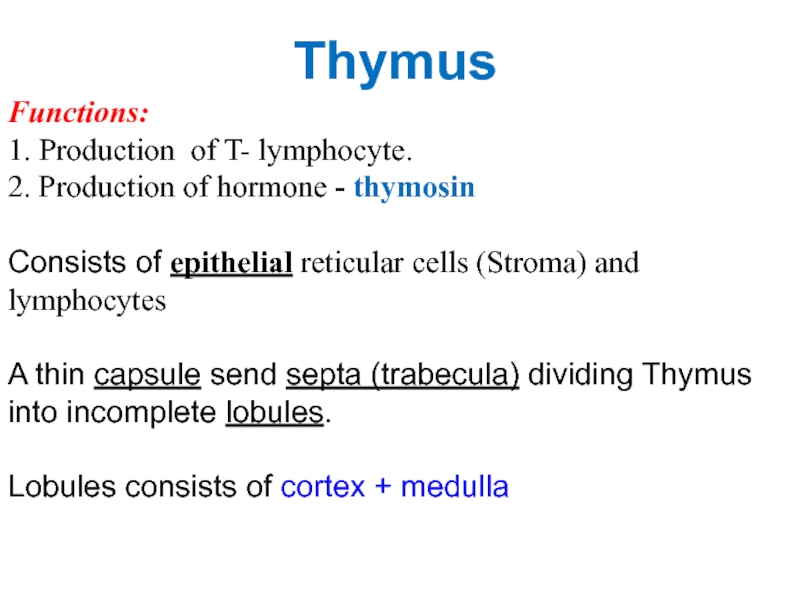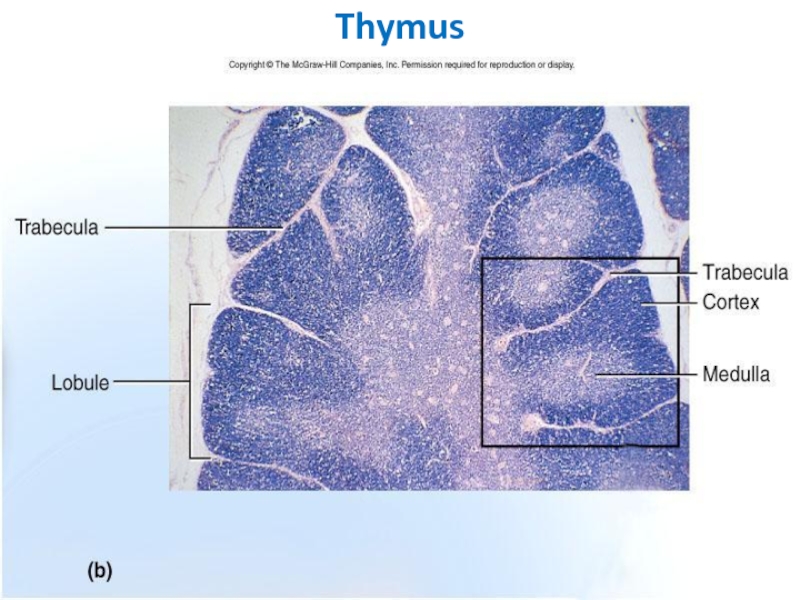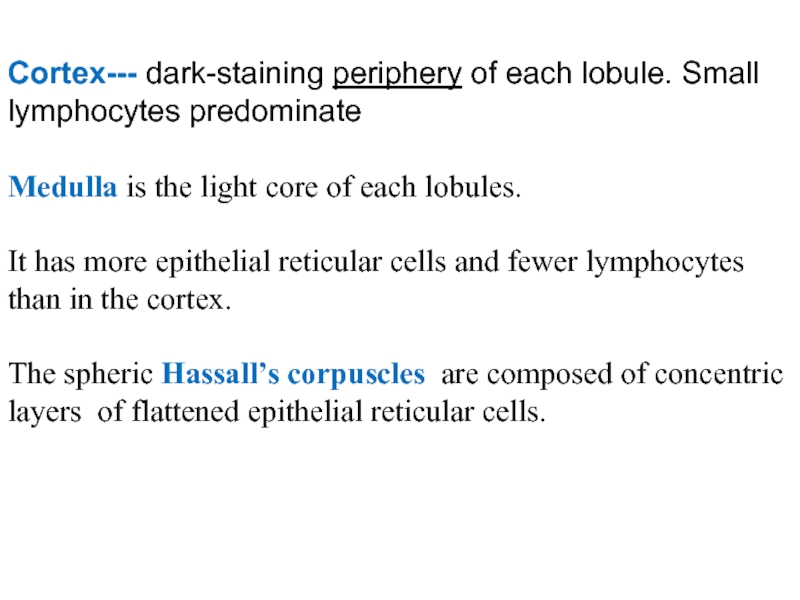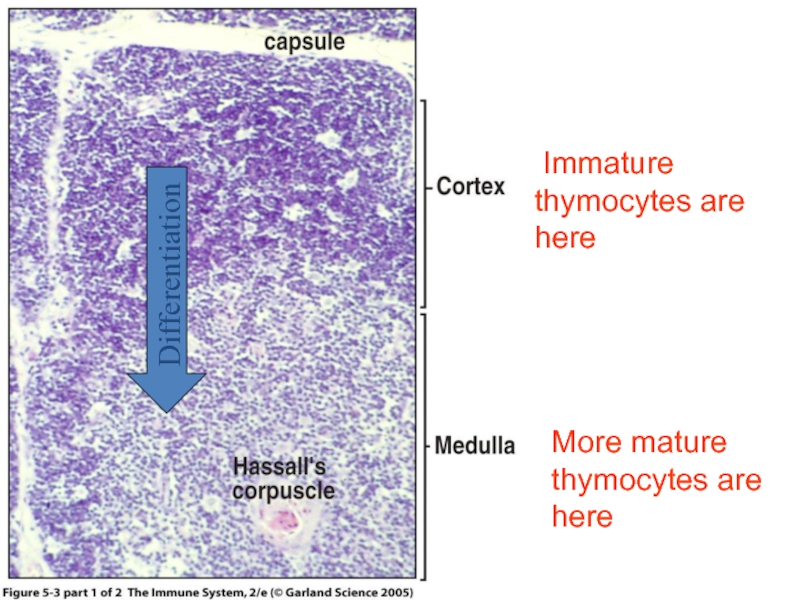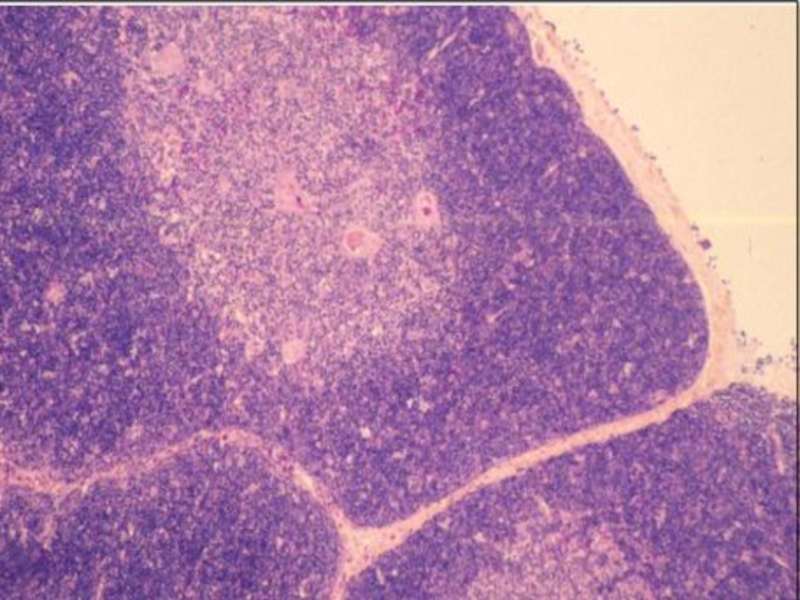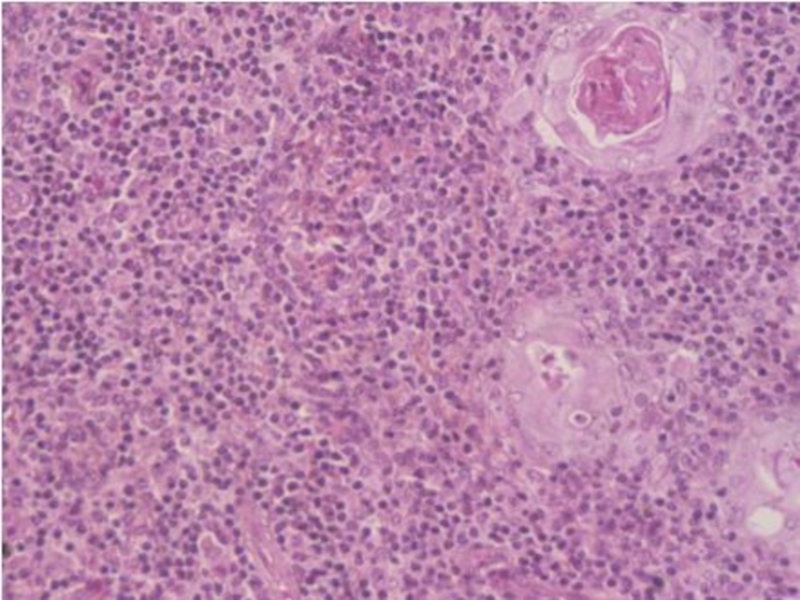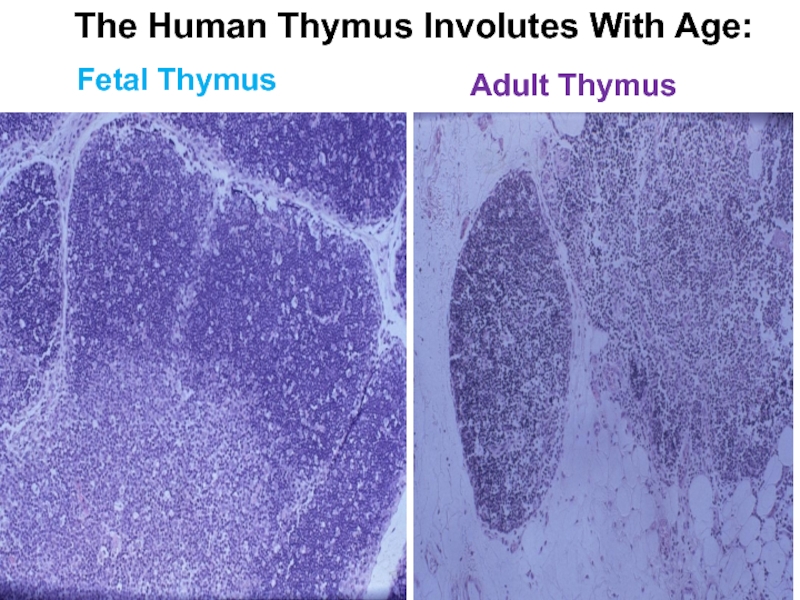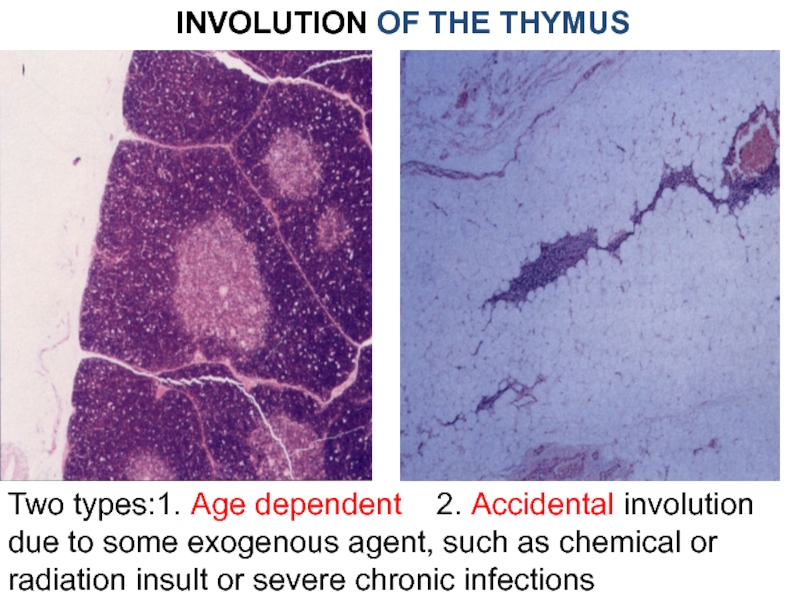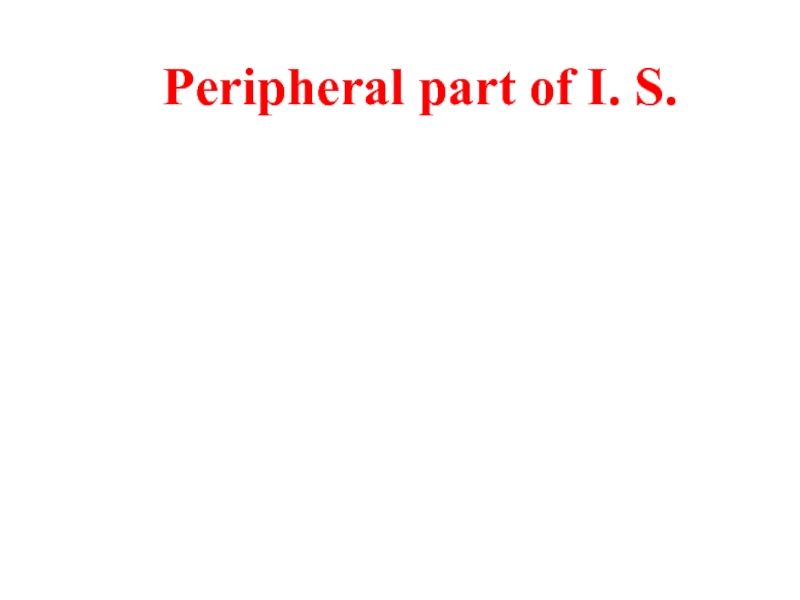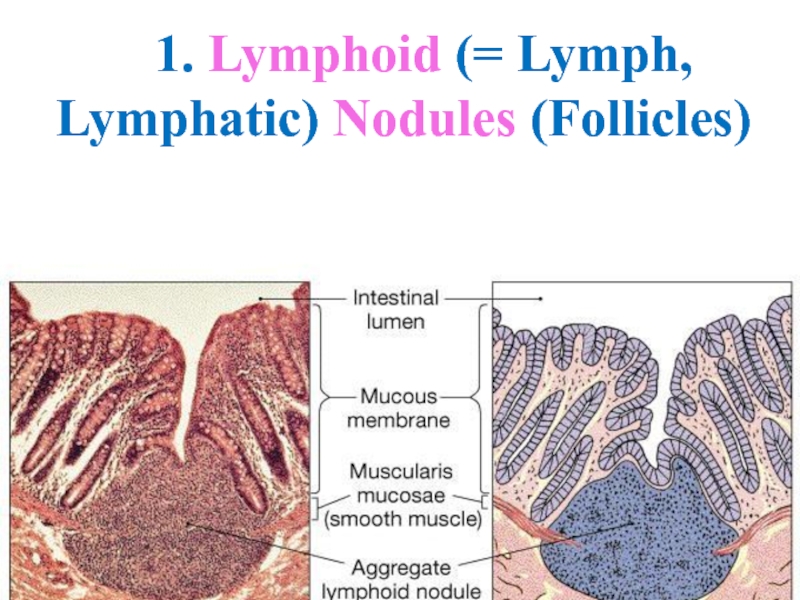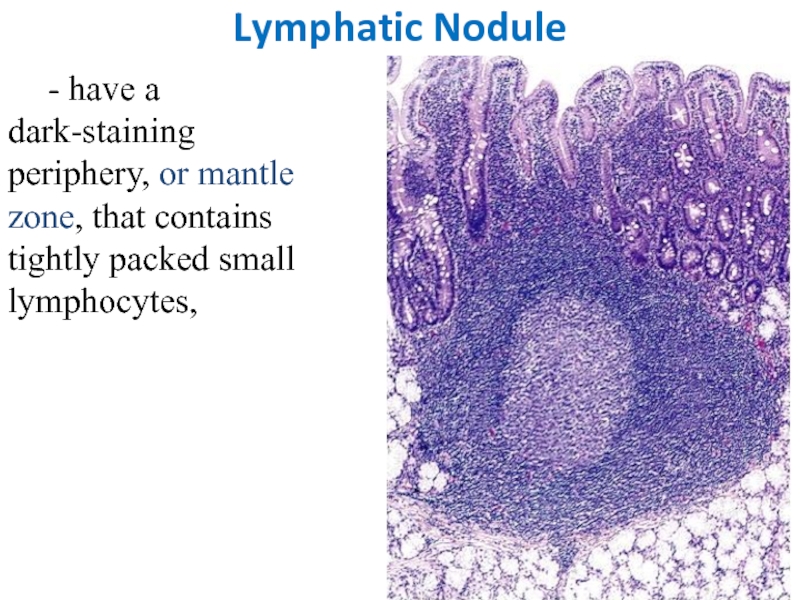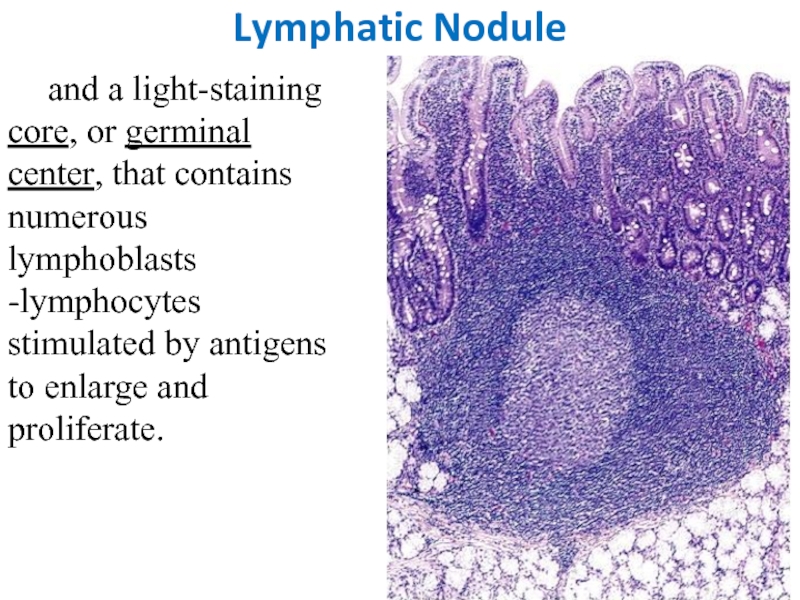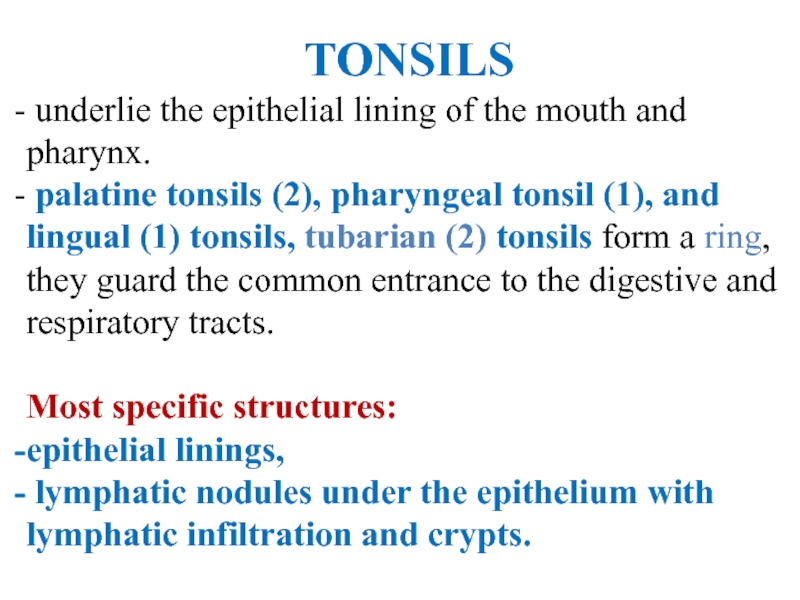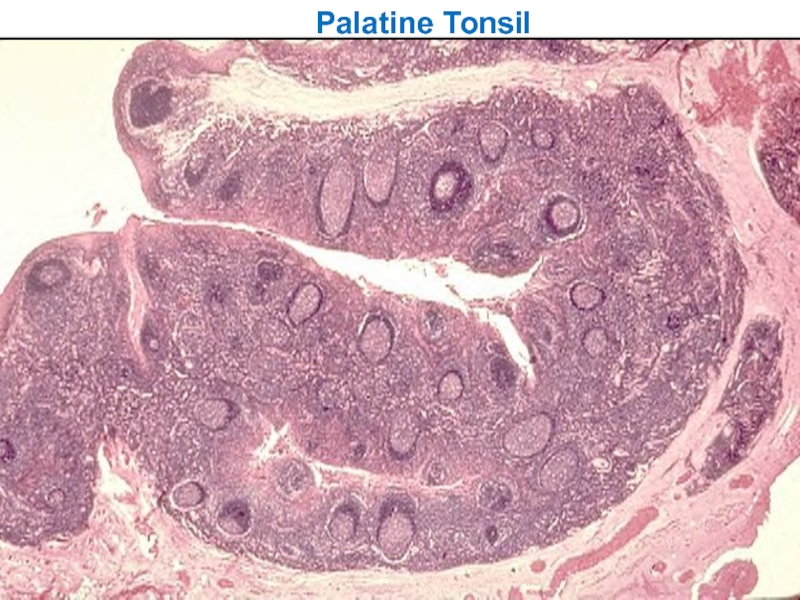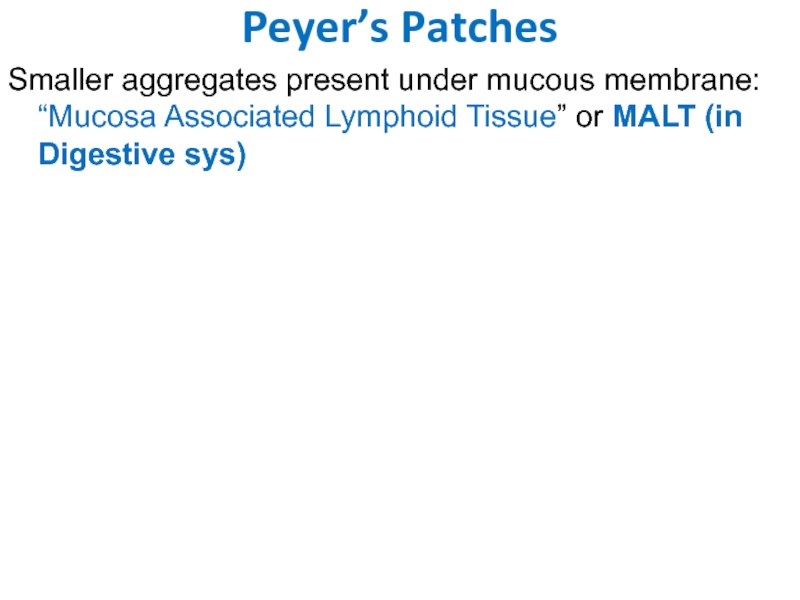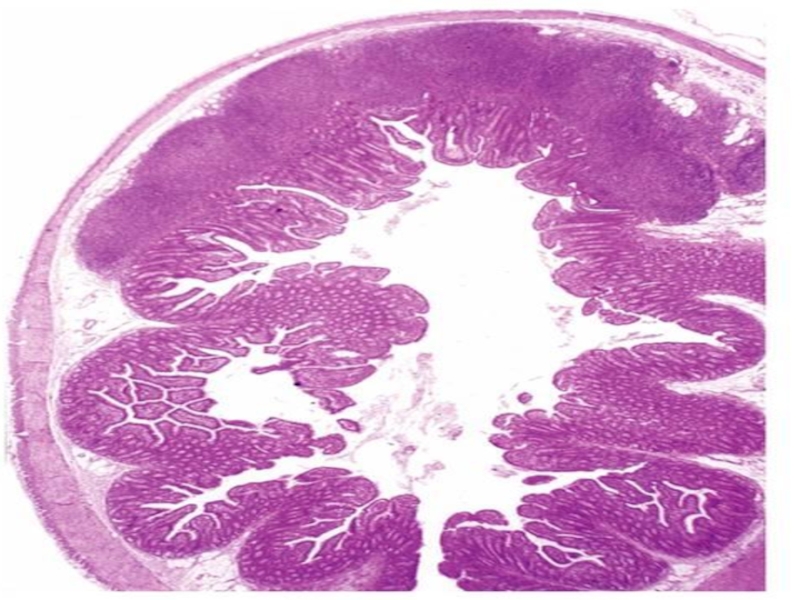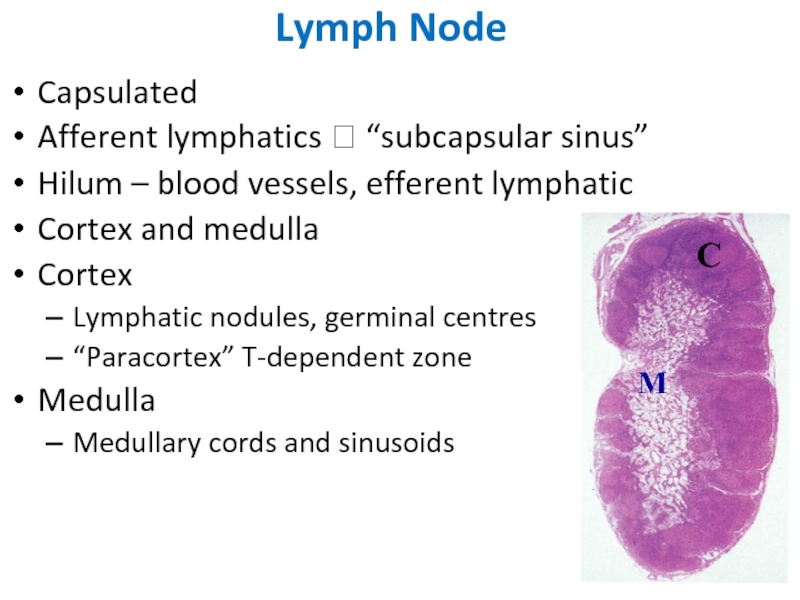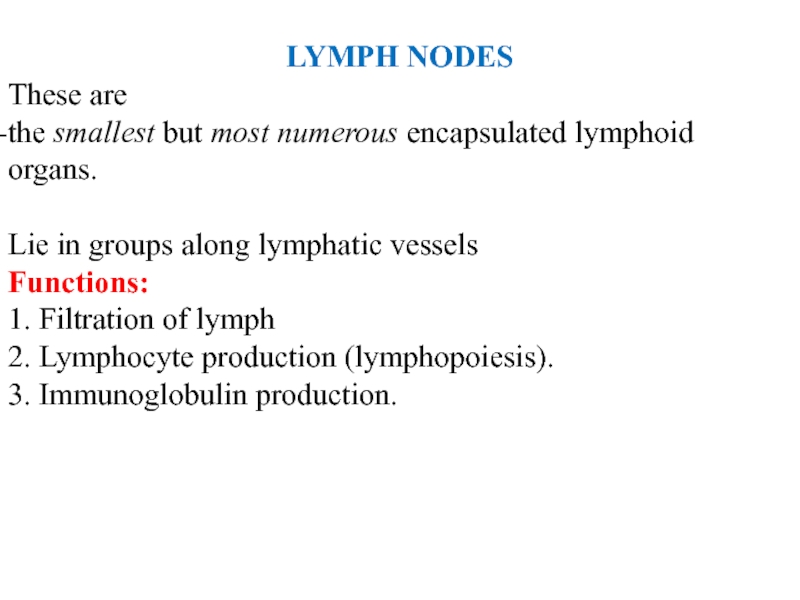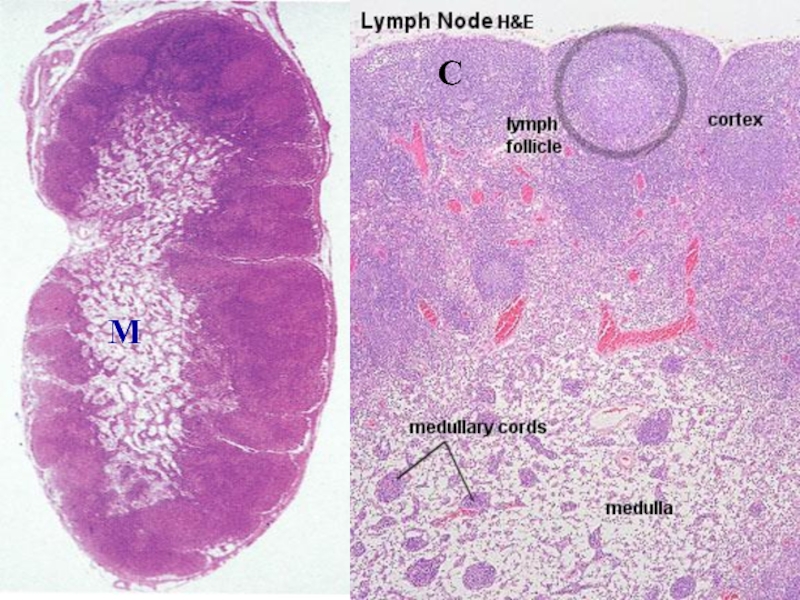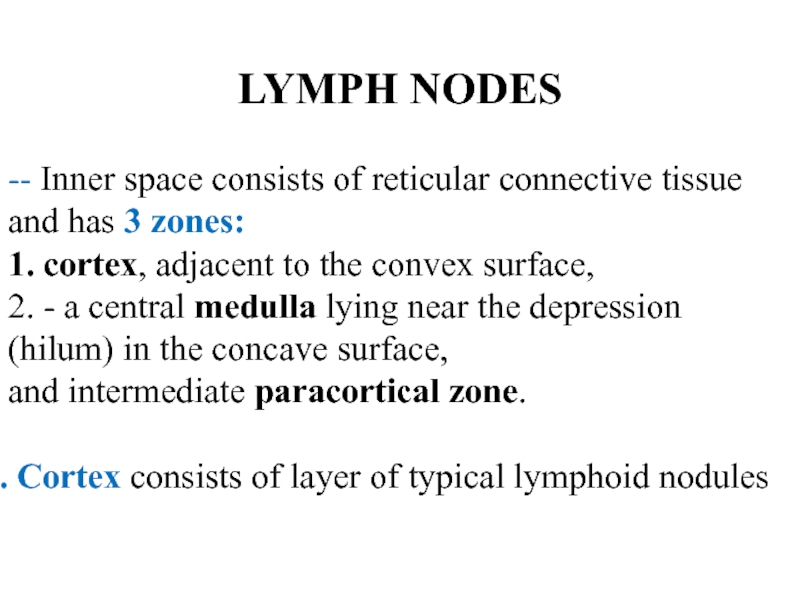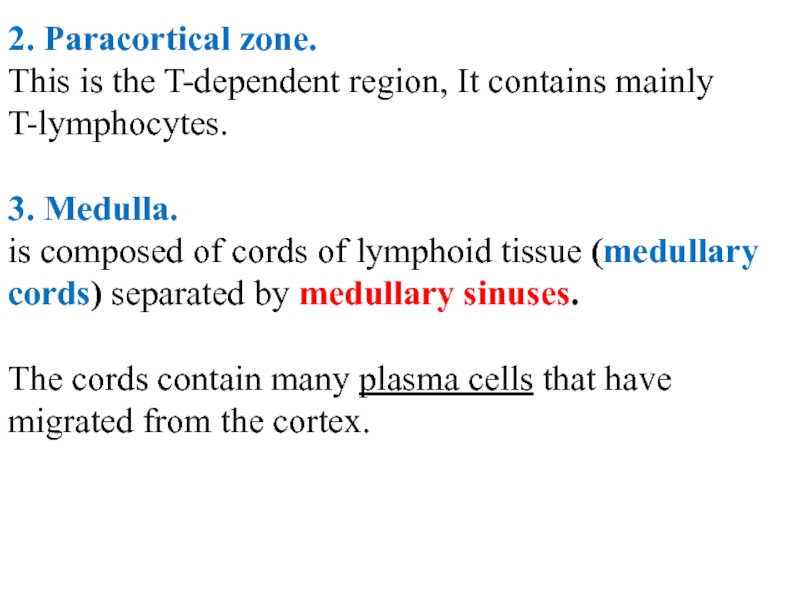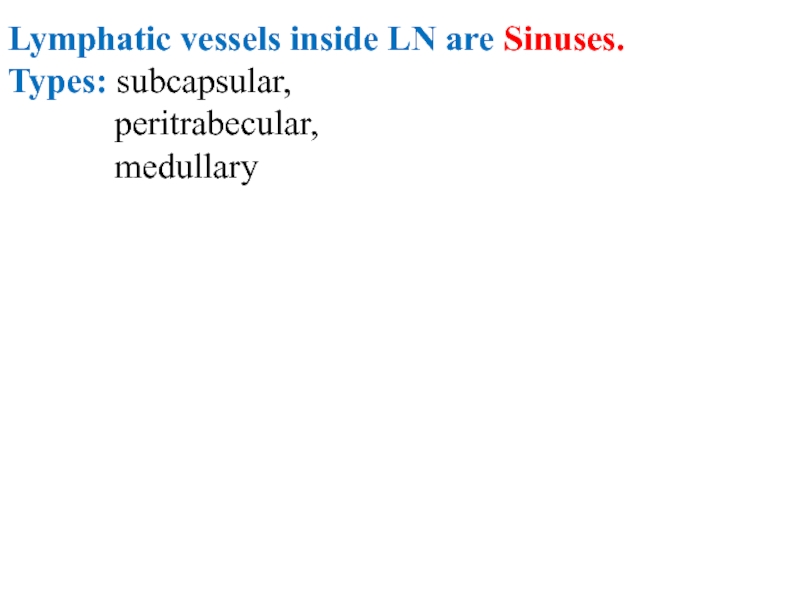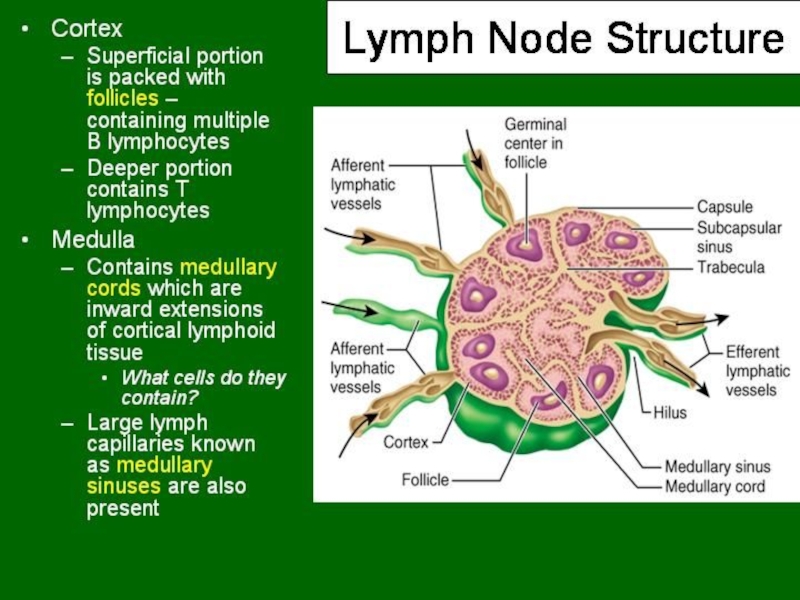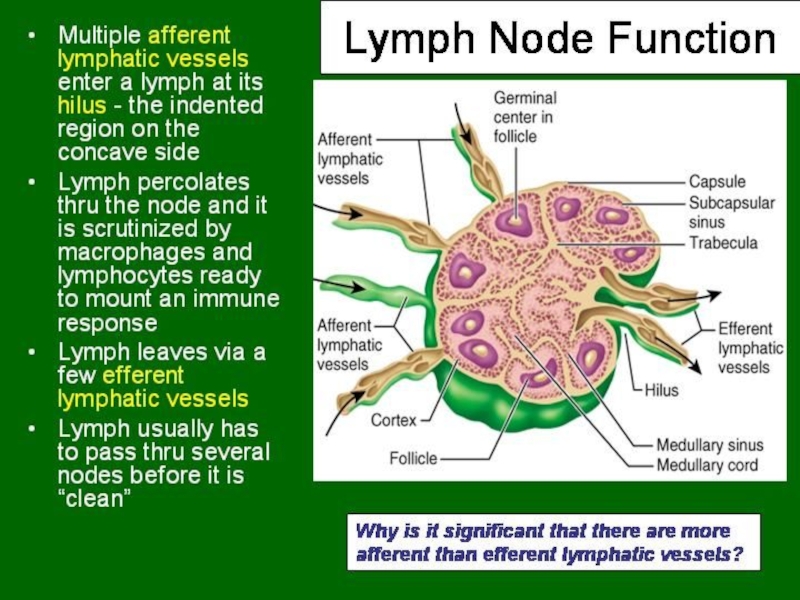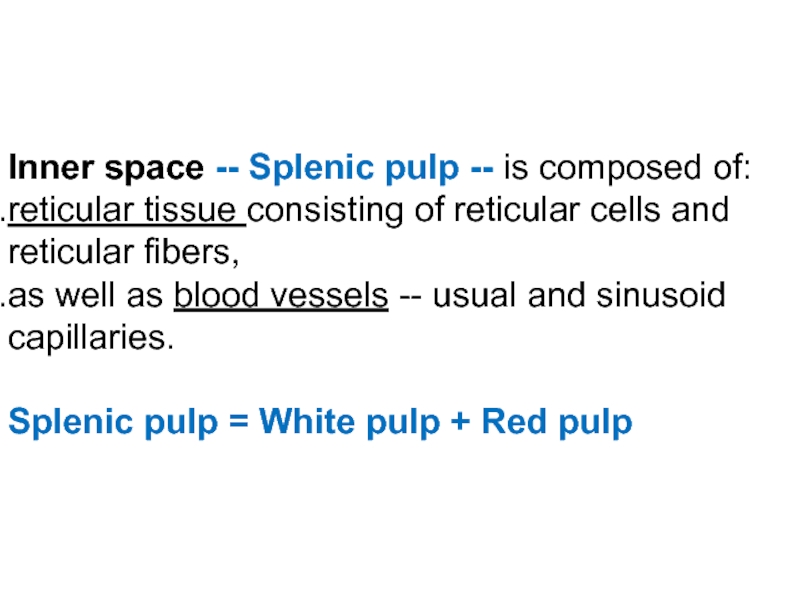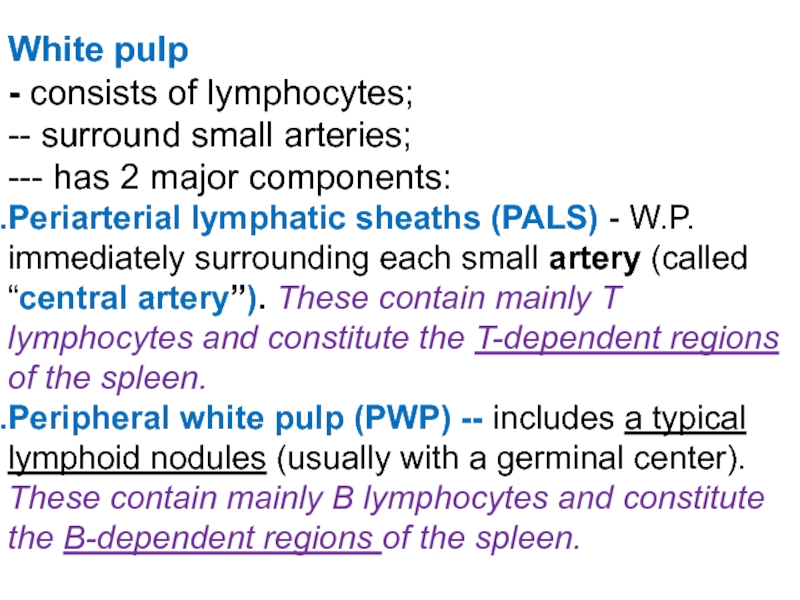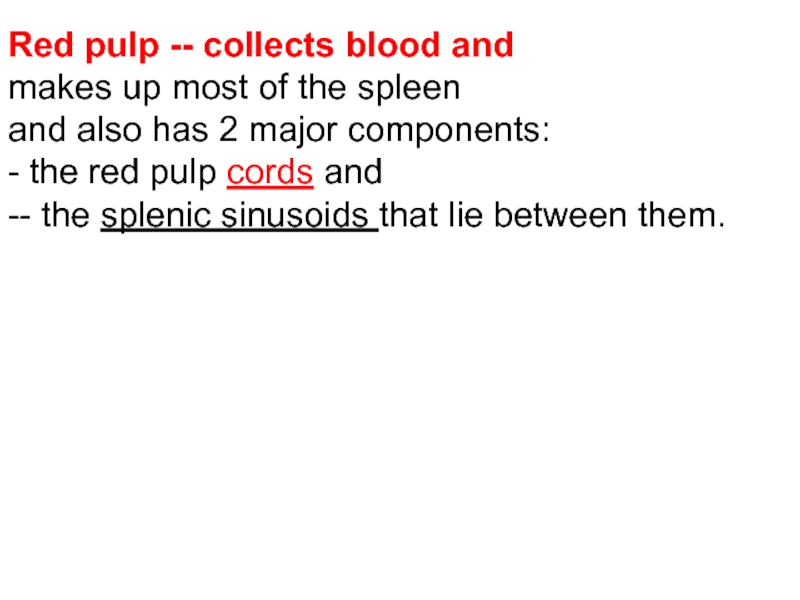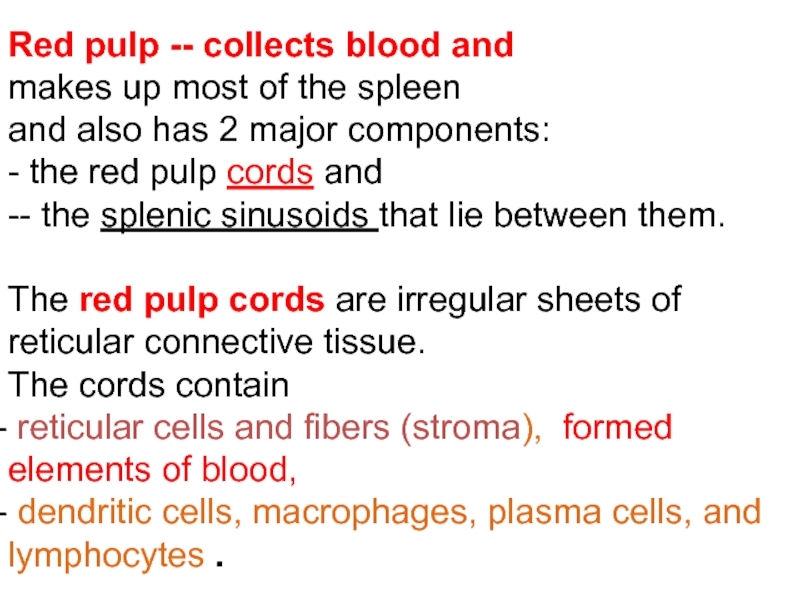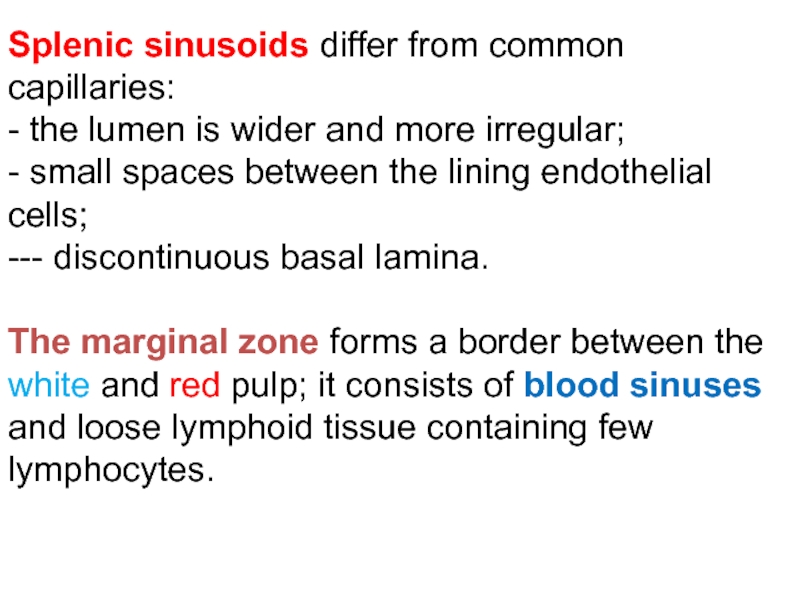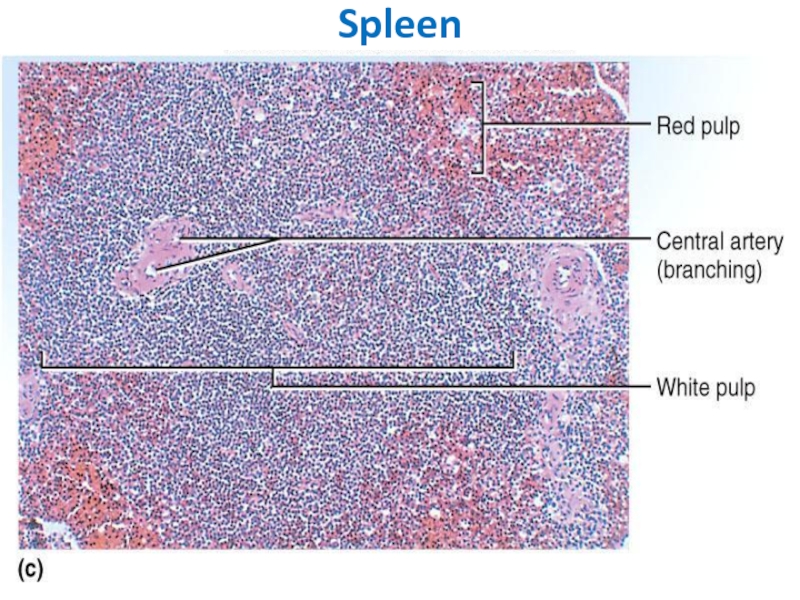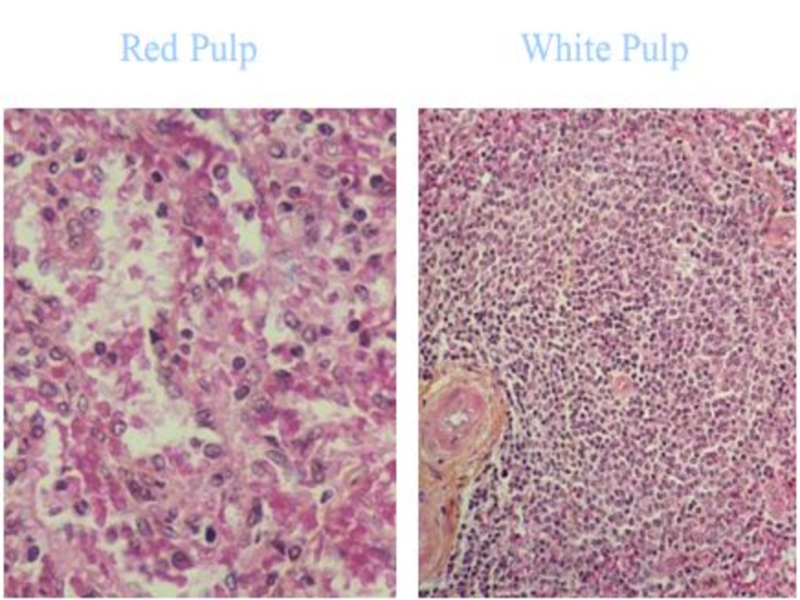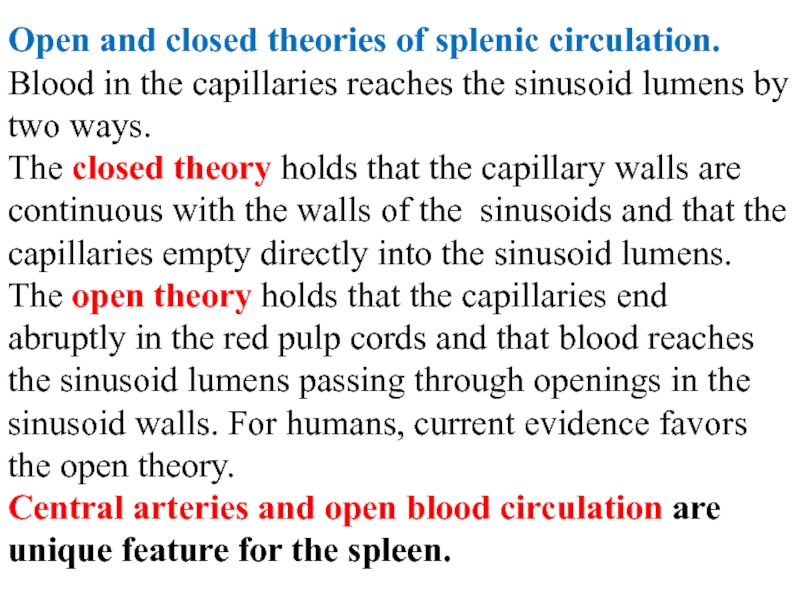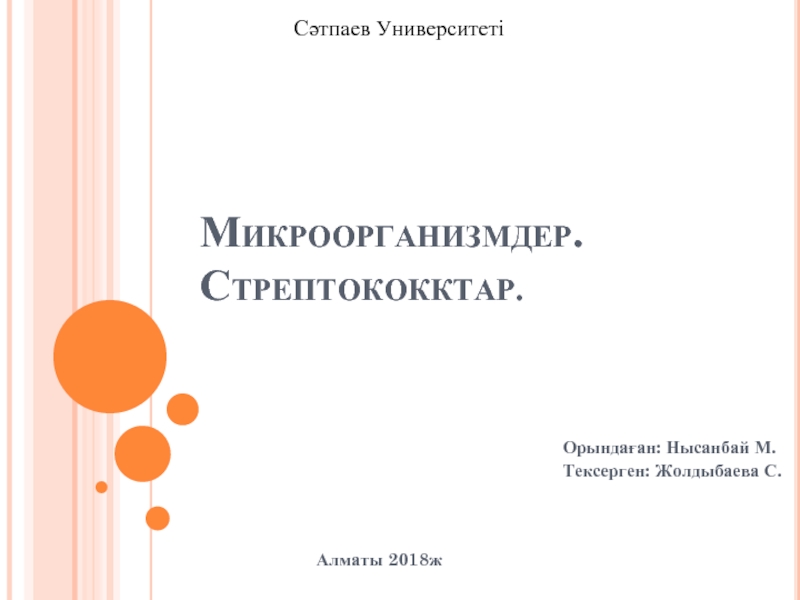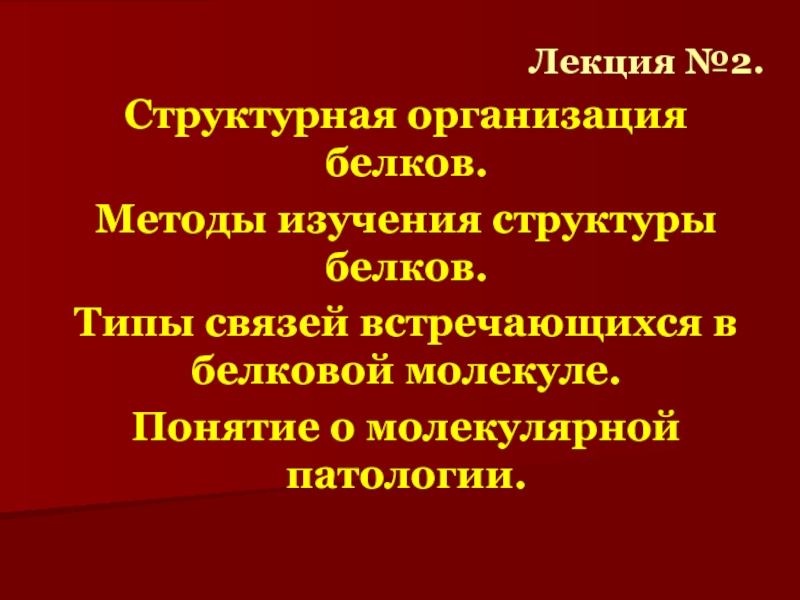- Главная
- Разное
- Дизайн
- Бизнес и предпринимательство
- Аналитика
- Образование
- Развлечения
- Красота и здоровье
- Финансы
- Государство
- Путешествия
- Спорт
- Недвижимость
- Армия
- Графика
- Культурология
- Еда и кулинария
- Лингвистика
- Английский язык
- Астрономия
- Алгебра
- Биология
- География
- Детские презентации
- Информатика
- История
- Литература
- Маркетинг
- Математика
- Медицина
- Менеджмент
- Музыка
- МХК
- Немецкий язык
- ОБЖ
- Обществознание
- Окружающий мир
- Педагогика
- Русский язык
- Технология
- Физика
- Философия
- Химия
- Шаблоны, картинки для презентаций
- Экология
- Экономика
- Юриспруденция
Immune system презентация
Содержание
- 1. Immune system
- 4. The major organs of the immune system
- 6. In central organs antigen-independent production of
- 7. Bone Marrow is a soft
- 8. Red bone marrow is blood cell
- 9. Red bone marrow is blood cell
- 10. Erythroblastic islands are clusters of developing erythrocytes
- 11. Bone marrow functions 1. Hematopoiesis.
- 13. Thymus Functions: 1. Production of T- lymphocyte.
- 14. Thymus
- 15. Thymus Capsule Lobules Cortex Medulla Hassal’s Corpuscles
- 16. Cortex--- dark-staining periphery of each lobule. Small
- 17. Figure 5-3 part 1 of 2
- 20. Adult Thymus Fetal Thymus The Human Thymus Involutes With Age:
- 21. INVOLUTION OF THE THYMUS Two types:1. Age
- 22. Peripheral part of I. S.
- 23. 1. Lymphoid (= Lymph, Lymphatic) Nodules (Follicles)
- 24. Lymphatic Nodule - have a dark-staining periphery,
- 25. Lymphatic Nodule and a light-staining core, or
- 26. TONSILS underlie the epithelial lining of
- 27. Tonsils
- 28. Palatine Tonsil
- 29. Peyer’s Patches Smaller aggregates present under mucous
- 31. Capsulated Afferent lymphatics ? “subcapsular sinus” Hilum
- 32. LYMPH NODES These are the smallest
- 33. C M
- 34. LYMPH NODES -- Inner space consists
- 35. 2. Paracortical zone. This is the
- 36. Lymphatic vessels inside LN are Sinuses.
- 39. SPLEEN -- -- Is the largest
- 40. Inner space -- Splenic pulp
- 41. White pulp - consists of lymphocytes;
- 42. Red pulp -- collects blood and
- 43. Red pulp -- collects blood and
- 44. Splenic sinusoids differ from common capillaries:
- 45. Spleen
- 47. Open and closed theories of splenic circulation.
Слайд 4The major organs
of the immune system are:
Central:
Bone marrow
Thymus
Peripheral:
Spleen
Lymph nodes
Tonsils
Слайд 6In central organs
antigen-independent production of uncommitted T lymphocyte (thymus) or
In peripheral organs
lymphocyte production is antigen-dependent and provides committed immunocompetent cells that respond to specific antigens.
Слайд 7Bone Marrow
is a soft tissue occupying the medullary cavity of a
There are 2 main types: red and yellow.
Notice the red marrow and the compact bone
Слайд 8
Red bone marrow is blood cell forming tissue and
it
Слайд 9
Red bone marrow is blood cell forming tissue or hematopoietic tissue
it is composed of stroma and hematopoietic cords.
Stroma consists of
reticular connective tissue composed of reticular cells and the reticular fibers.
adipocytes (up to 75% of red marrow),
macrophages, and
adventitial cells
Слайд 10Erythroblastic islands are clusters of developing erythrocytes surrounding macrophages and receiving
Sinusoids (capillaries) have openings in their walls through which maturing blood cells and platelets enter the circulation.
Hematopoietic cords consists of blood cells of all types and at all stages of differentiation
Слайд 11Bone marrow functions
1. Hematopoiesis.
2. Bone marrow helps destroy old
3. Recirculation of the blood and immunocompetent cells.
4. Depot of the blood
5. Immune protection (defence)
Слайд 13Thymus
Functions:
1. Production of T- lymphocyte.
2. Production of hormone - thymosin
Consists
A thin capsule send septa (trabecula) dividing Thymus into incomplete lobules.
Lobules consists of cortex + medulla
Слайд 16Cortex--- dark-staining periphery of each lobule. Small lymphocytes predominate
Medulla is the
It has more epithelial reticular cells and fewer lymphocytes than in the cortex.
The spheric Hassall’s corpuscles are composed of concentric layers of flattened epithelial reticular cells.
Слайд 17Figure 5-3 part 1 of 2
Differentiation
Immature
thymocytes are here
More mature
Слайд 21INVOLUTION OF THE THYMUS
Two types:1. Age dependent 2. Accidental involution
Слайд 24Lymphatic Nodule
- have a dark-staining periphery, or mantle zone, that contains
Слайд 25Lymphatic Nodule
and a light-staining core, or germinal center, that contains numerous
Слайд 26TONSILS
underlie the epithelial lining of the mouth and pharynx.
Most specific structures:
epithelial linings,
lymphatic nodules under the epithelium with lymphatic infiltration and crypts.
Слайд 29Peyer’s Patches
Smaller aggregates present under mucous membrane: “Mucosa Associated Lymphoid Tissue”
Слайд 31Capsulated
Afferent lymphatics ? “subcapsular sinus”
Hilum – blood vessels, efferent lymphatic
Cortex and
Cortex
Lymphatic nodules, germinal centres
“Paracortex” T-dependent zone
Medulla
Medullary cords and sinusoids
Lymph Node
Слайд 32LYMPH NODES
These are
the smallest but most numerous encapsulated lymphoid organs.
Lie in groups along lymphatic vessels
Functions:
1. Filtration of lymph
2. Lymphocyte production (lymphopoiesis).
3. Immunoglobulin production.
Слайд 34LYMPH NODES
-- Inner space consists of reticular connective tissue and has
1. cortex, adjacent to the convex surface,
2. - a central medulla lying near the depression (hilum) in the concave surface,
and intermediate paracortical zone.
Cortex consists of layer of typical lymphoid nodules
Слайд 352. Paracortical zone.
This is the T-dependent region, It contains mainly
3. Medulla.
is composed of cords of lymphoid tissue (medullary cords) separated by medullary sinuses.
The cords contain many plasma cells that have migrated from the cortex.
Слайд 39
SPLEEN --
-- Is the largest of the lymphoid organs
Functions:
1. Filtration of
2. Lymphocyte production (lymphopoiesis).
3. Destruction of worn red blood cells
4. Extramedullary hematopoiesis (in embryonic period)
Слайд 40
Inner space -- Splenic pulp -- is composed of:
reticular tissue
as well as blood vessels -- usual and sinusoid capillaries.
Splenic pulp = White pulp + Red pulp
Слайд 41White pulp
- consists of lymphocytes;
-- surround small arteries;
--- has
Periarterial lymphatic sheaths (PALS) - W.P. immediately surrounding each small artery (called “central artery”). These contain mainly T lymphocytes and constitute the T-dependent regions of the spleen.
Peripheral white pulp (PWP) -- includes a typical lymphoid nodules (usually with a germinal center). These contain mainly B lymphocytes and constitute the B-dependent regions of the spleen.
Слайд 42Red pulp -- collects blood and
makes up most of the
and also has 2 major components:
- the red pulp cords and
-- the splenic sinusoids that lie between them.
Слайд 43Red pulp -- collects blood and
makes up most of the
and also has 2 major components:
- the red pulp cords and
-- the splenic sinusoids that lie between them.
The red pulp cords are irregular sheets of reticular connective tissue.
The cords contain
reticular cells and fibers (stroma), formed elements of blood,
dendritic cells, macrophages, plasma cells, and lymphocytes .
Слайд 44Splenic sinusoids differ from common capillaries:
- the lumen is wider
- small spaces between the lining endothelial cells;
--- discontinuous basal lamina.
The marginal zone forms a border between the white and red pulp; it consists of blood sinuses and loose lymphoid tissue containing few lymphocytes.
Слайд 47Open and closed theories of splenic circulation. Blood in the capillaries
The closed theory holds that the capillary walls are continuous with the walls of the sinusoids and that the capillaries empty directly into the sinusoid lumens. The open theory holds that the capillaries end abruptly in the red pulp cords and that blood reaches the sinusoid lumens passing through openings in the sinusoid walls. For humans, current evidence favors the open theory.
Central arteries and open blood circulation are unique feature for the spleen.
